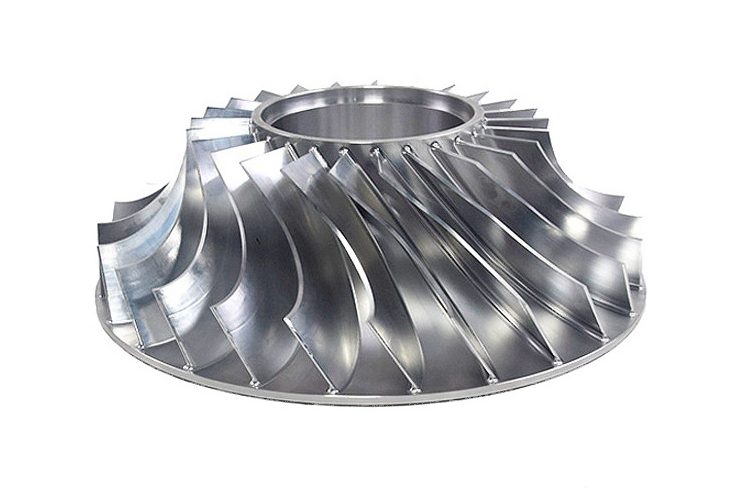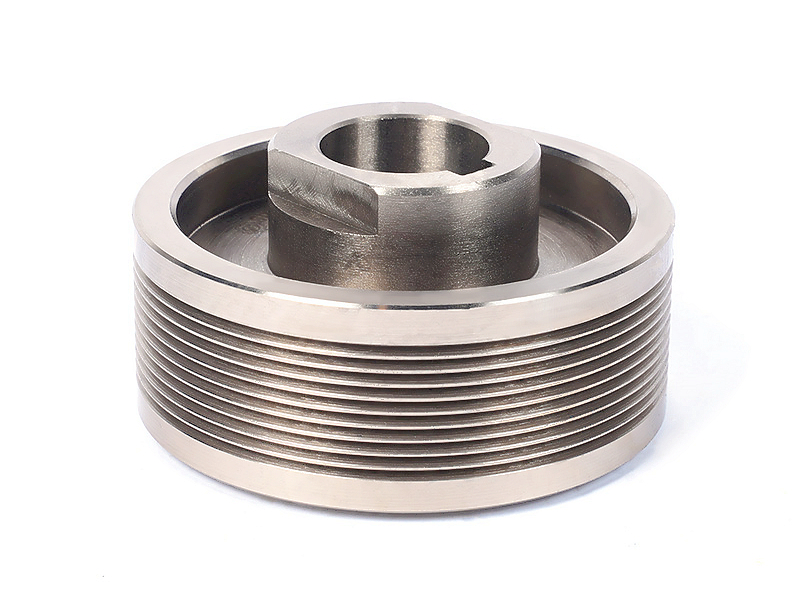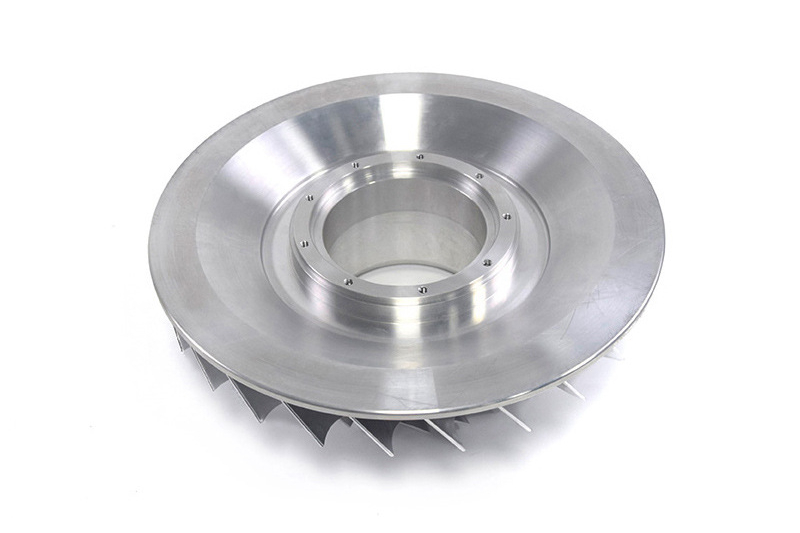How can sound and chip shape confirm correct feed rate in machining?
In machining, particularly with challenging materials like titanium, sound and chip shape serve as immediate, real-time sensory diagnostics that are often more responsive than digital readouts for verifying the correct feed rate. Together, they provide a holistic view of the cutting process's health and efficiency.
The Symphony of a Correct Feed Rate
An optimal feed rate produces a consistent, smooth, and steady cutting sound—a crisp "tearing" or "shearing" noise. This sound indicates that the tool is consistently loading and unloading as each tooth engages and exits the cut, with no violent vibrations or erratic force variations. In the context of our Precision Machining Service, this predictable acoustic signature is a key indicator of a stable process, which is foundational for achieving high surface integrity and dimensional accuracy.
The Visual Confirmation: Ideal Chip Formation
The chip is the physical evidence of the cut. A correct feed rate generates a chip that is neither too thin nor too thick. For most operations, this manifests as a tightly coiled, continuous chip that breaks into manageable "6"s or "9"s. The chip should have a consistent, segmented (saw-tooth) structure and be a light silver or straw color, signifying that heat was effectively carried away. This is the primary goal of parameter optimization in our Titanium CNC Machining Service.
Diagnosing Low Feed Rate from Sound and Chips
Sound: A low feed rate produces a high-pitched, screeching or whistling sound. This is the sound of rubbing, not cutting. The tool is not penetrating deeply enough to form a proper chip, instead frictionally heating and work-hardening the material surface. Chip Shape: The result is long, stringy, tangled chips that are often blue or purple due to excessive heat buildup. These "bird's nests" are dangerous, can damage the workpiece, and indicate that the feed per tooth must be increased immediately.
Diagnosing High Feed Rate from Sound and Chips
Sound: An excessively high feed rate creates a heavy, labored, and often irregular sound with a pronounced "thud" or "bang" as each tooth impacts the material. The machine spindle may even audibly strain. This indicates excessive tool pressure and risk of catastrophic failure. Chip Shape: Chips become overly thick, short, and heavily discolored (dark blue or black). In severe cases, the tool may fracture, producing sparks and a sudden, violent change in sound. The corrective action is to decrease the feed rate.
Integrating Sensory Feedback into the Process
Mastering this feedback loop allows for rapid in-process optimization. A machinist can hear and see an issue before it leads to scrapped parts or broken tools. This sensory skill is especially critical in complex operations like Multi-Axis Machining and CNC Milling Service, where tool engagement is constantly changing. By correlating the steady, harmonious sound with the production of perfect silver chips, one can confidently confirm that the feed rate is dialed in for maximum material removal rate, extended tool life, and superior part quality.



